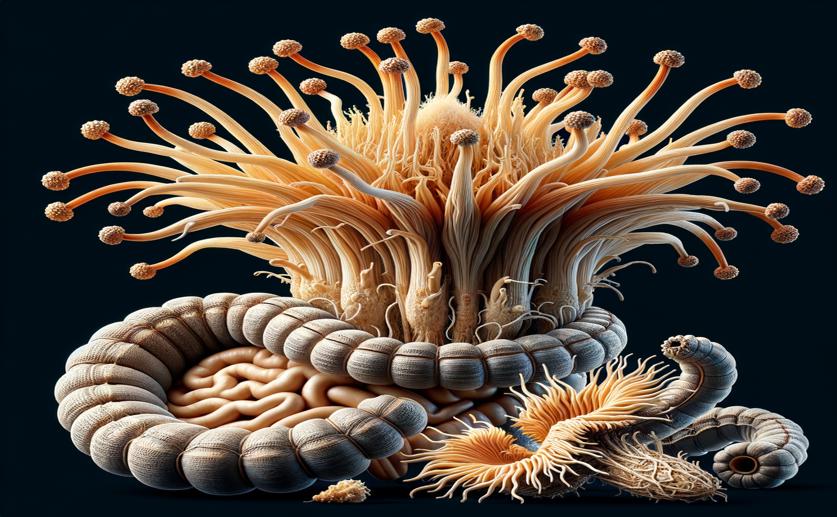
Understanding a Unique Enzyme from Cordyceps for Healthier Fat Processing
Jim Crocker
21st July, 2024

Image Source: Natural Science News, 2024
Key Findings
- Researchers at Seoul National University discovered a new lipase, CACML7, from Cordyceps militaris with sn-2 regioselectivity
- CACML7 shows a unique preference for cis-fatty acids over trans-fatty acids, unlike other known lipases
- The study highlights the potential of computational methods to find novel enzymes with specific and valuable properties for industrial applications
References
Main Study
1) A sn-2 regioselective lipase with cis-fatty acid preference from Cordyceps militaris: Biochemical characterization and insights into its regioselective mechanism.
Published 18th July, 2024
https://doi.org/10.1016/j.ijbiomac.2024.134013
Related Studies
2) Direct and simultaneous analysis of lipase-catalyzed hydrolysis of high-oleic oil model by chiral stationary phase HPLC-ELSD.
3) Studies on the substrate and stereo/regioselectivity of adipose triglyceride lipase, hormone-sensitive lipase, and diacylglycerol-O-acyltransferases.
4) Future of Structured Lipids: Enzymatic Synthesis and Their New Applications in Food Systems.
5) Structural classification by the Lipase Engineering Database: a case study of Candida antarctica lipase A.



 16th June, 2024 | Greg Howard
16th June, 2024 | Greg Howard